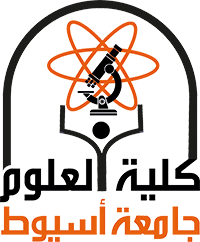To cope better with desert harsh conditions or to improve their growth magnitude and productivity, jojoba plants might need some aid. One week drought, over a period of two months, was stressful as it induced severe growth inhibition compared with maintained 50% field capacity. In addition, jojoba sustained growth throughout the whole experimental period (4 months) relying on a minimum of nitrate (tap water or 25% Hoagland concentration). Extra nitrate (1 25%) was stimulatory to growth in full hydration and may overcome growth inhibition in partial hydration but not in drought. The osmoregulants (soluble sugars, proline and amino acids), membrane properties (leakage of K, electrolytes and UV absorbing metabolites as well as lipid peroxidation) and antioxidants (phenolics, catalase, guiacol peroxidase and superoxide dismutase activity) were assessed to evaluate drought stress impacts. They did not respond identically to drought leading to confusion which is most-expressing manifestation of drought stress. From which, enhanced proline accumulation and lipid peroxidation with inhibited ascorbate peroxidase displayed a clear cut and reliable stress biomarkers. The antioxidant phenolics increased with increasing nitrate in water-stressed jojoba leaves (50% field capacity or one week drought). Nitrate may participate in scavenging electrons since lipid peroxidation was lowered at high nitrate levels.
Research Abstract
Research Department
Research Journal
Journal of Biology and Earth Sciences
Research Member
Research Publisher
NULL
Research Rank
1
Research Vol
33
Research Website
NULL
Research Year
2013
Research Pages
NULL

